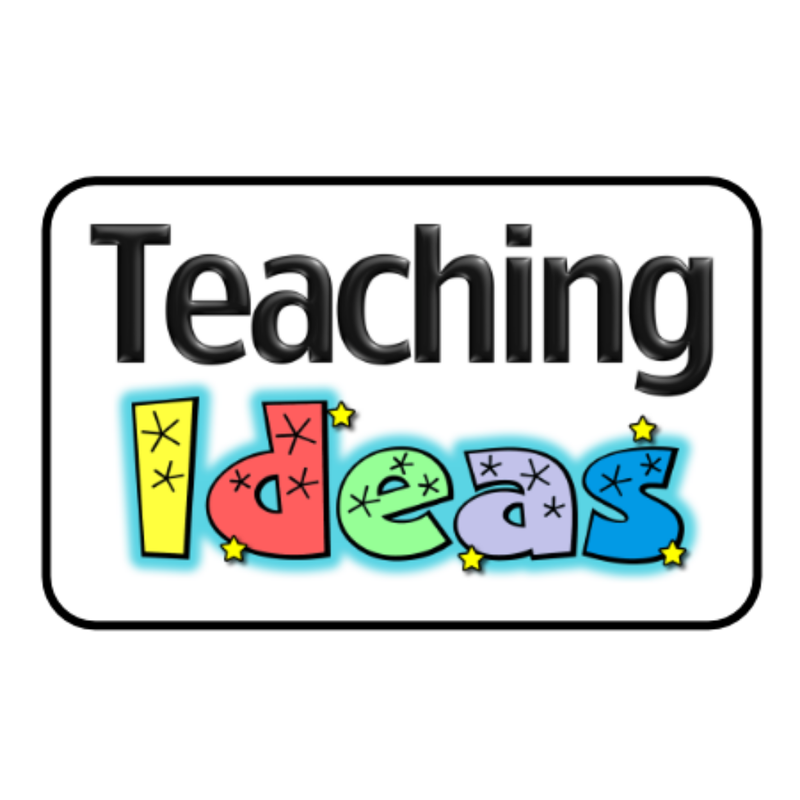|
Bligh (1998) identified that students in class are most likely to remember the content at the very beginning and at the very end of a lesson. However, due to packed timetables, and back to back lessons, teachers can find themselves rushing to finish lessons leading to low impact endings to lessons. If used well, end of lesson activities, alternatively known as 'exit tickets', can be a great way of cementing specific knowledge in students' minds. Here are five tips on how to end lessons with purpose and impact.
2 Comments
One thing that we have perhaps learned during this difficult time is that creative thinking is not limited to the arts. Nor does it have to be a huge 'Aha!' moment that leads to fame and fortune! Creativity appears to have thrived, despite the limitations presented to us by a lockdown. This would suggest that creativity is far more simple and humble than the outcomes suggest.
Creative thinking should, therefore, not be seen as a huge event or a timetabled lesson. The aim should be to weave key aspects of creativity into everyday happenings at school. But, what are the key aspects of creativity and how can you get weaving? Teacher input can be really effective in setting the pace of the learning and guiding student's thinking when introducing them to new concepts, ideas and skills. However, if they lack focus or last too long, they can disengage children and have the opposite effect. They can allow teachers to fall into the trap of talking for too long and not engaging the students. So what does make great teacher input and how can you plan to ensure it has an impact every single time?
As the new academic year approaches, hundreds and thousands of Newly Qualified Teachers will be backing boards, moving tables and preparing for their first ever class that is officially theirs. It is time to go it alone and with this comes excitement, but also anxiety, worry and a little bit of fear.
Over the years, I have created a number of videos that focus on various key aspects of teaching and classroom life. I have compiled the most NQT relevant posts and included them in this article for you to digest. Hopefully, this will take you through a few key areas to consider when preparing for the new school year and your first ever class! As the lockdown lightens, one thing that has stood out is how 'everyday people' are demonstrating their creativity in small but powerful ways. Whether it be figuring out how to deliver free school meals during social distancing; using a 3D printer to create much needed medical equipment for the NHS or recording a lockdown themed family parody of 'One Day More' on Youtube (if you haven't seen this yet, it is a must!).
Unfortunately, it is regularly documented that our current school systems do not support the development of creativity and that, due to curriculum constraints, very little time is dedicated to creative development. How is it that, in an institution designed and funded to nurture the future generation, we are struggling to develop creativity, while at the same time, trapped in a terraced house for months, creativity has thrived. What can we take away from this 'everyday creativity' and how can we harness this back in school? Physical ability can be broken down into six key components that link together in sports and physical activity. By isolating each component you can develop each one more easily at home. Children can work on their basic skills by practicing the skill components of fitness. These help you to perform successfully in various sports. But what are the key components and how do children work on each skill when they are stuck at home?
WAGOLL Teaching was recently featured in Ed Talks live. Ed Talks is a live fortnightly talk show for teachers and parents to bring insights, thoughts and ideas from a local and global perspective, to help with remote learning and home schooling needs. The 'Big Question for the show was 'How can we help our students be 'Future Ready'?'
Young children are not going to sit and listen to 30 minute teacher videos. Keep teacher input as concise and as short as possible. Plan lessons with lots of activities for children to complete. This will reduce screen time and keep children engaged for longer.
Due to the coronavirus, Zoom is being used across the world to deliver remote learning lessons to primary school children. Teachers everywhere are opening up their laptops, logging on and inviting their children to join them online. But teaching a class of children online is very different from in a classroom. Those simple teaching skills such as eye contact; tone of voice; practical resources are lost online and so it is important to develop new teaching strategies which engage children and manage their behaviour in new and innovative ways. We have just finished our second week, here in Dubai, of remote learning. Here are a few tips that I have picked up from our teachers to share with you.
The Antecedent-Behaviour-Consequence (ABC) Model is a tool that can help teachers examine behaviours. It breaks down the examination into the triggers behind those behaviours, and the impact of those behaviours. If a child wants attention (antecedent), they may shout out in class (behaviour). This results in them being spoken to about not shouting out (consequence). Without realising, the teacher has provided the child with their desire for attention. However, by understanding and identifying the antecedent or trigger, you can indirectly encourage positive behaviour. Sometimes, it is the small things we do and say, the antecedents, that can make all the difference!
|
SearchWAGOLL TeachingWith a keen interest in the neuroscience and psychology of learning, WAGOLL Teaching is about sharing research alongside great, simple teaching ideas to a global teaching community.
Ben has been in education for over 10 years and is passionate about simplifying high quality teaching and learning through innovative and practical approaches in the classroom. sUBSCRIBECategories
All
|
|
Who are we? |
With a keen interest in the neuroscience and psychology of learning, WAGOLL Teaching is about sharing research alongside great, simple teaching ideas to a global teaching community.
|
All copyright reserved ©.
I would like to remind all visitors to this website that all pages on this site are copyright protected, unless stated. Most importantly, this site is for the use and enjoyment of all children, parents, guardians, carers and teachers who are involved in WAGOLL Teaching. Please use the resources/ideas as you need without replicating them for your own gains.
I would like to remind all visitors to this website that all pages on this site are copyright protected, unless stated. Most importantly, this site is for the use and enjoyment of all children, parents, guardians, carers and teachers who are involved in WAGOLL Teaching. Please use the resources/ideas as you need without replicating them for your own gains.

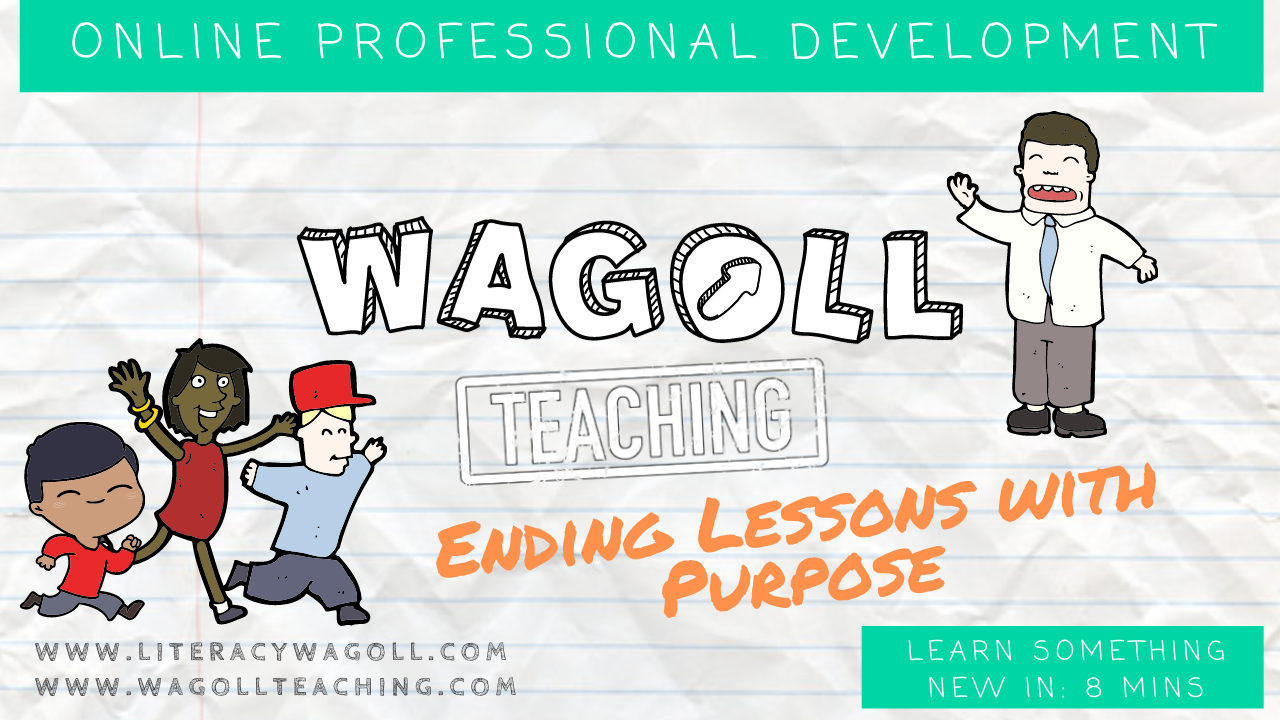
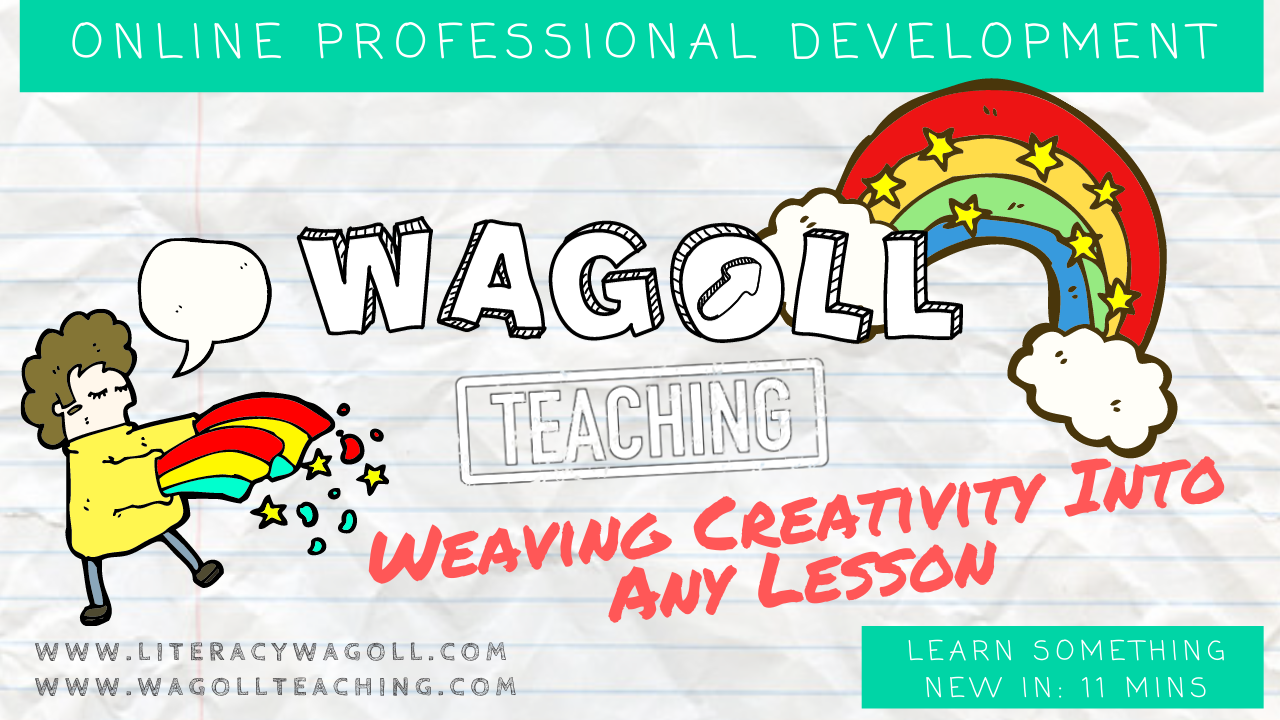
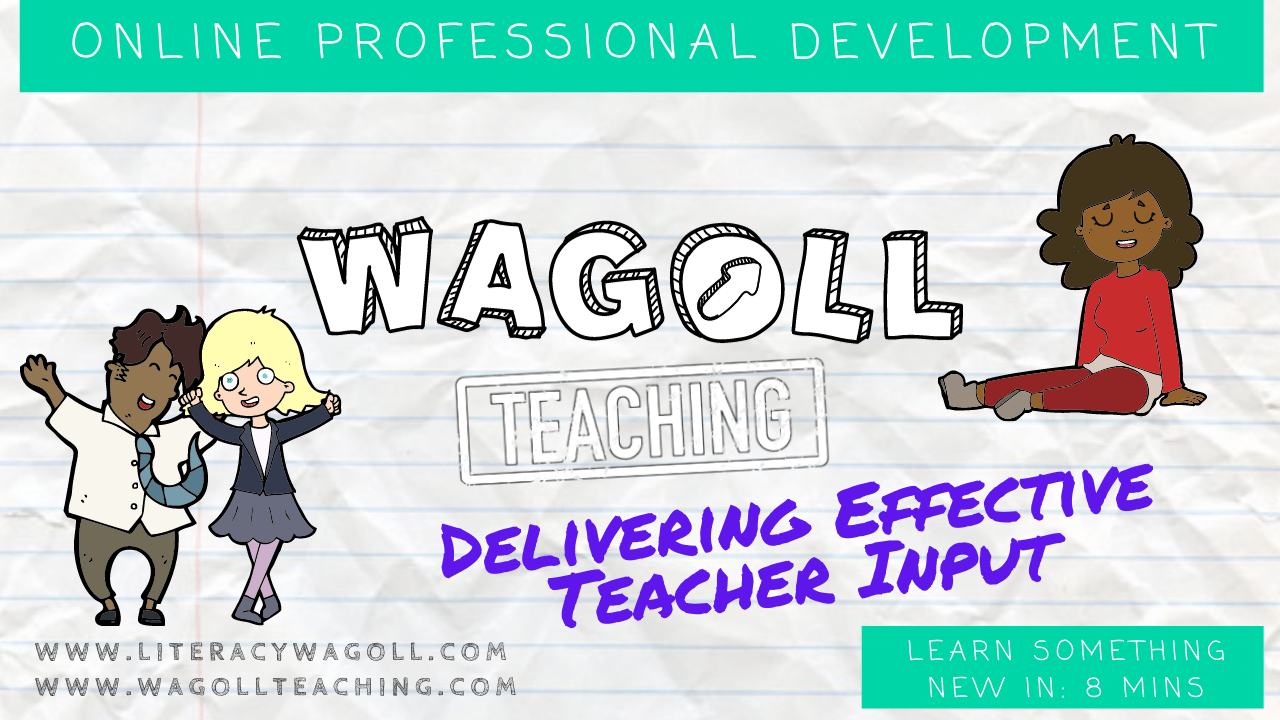
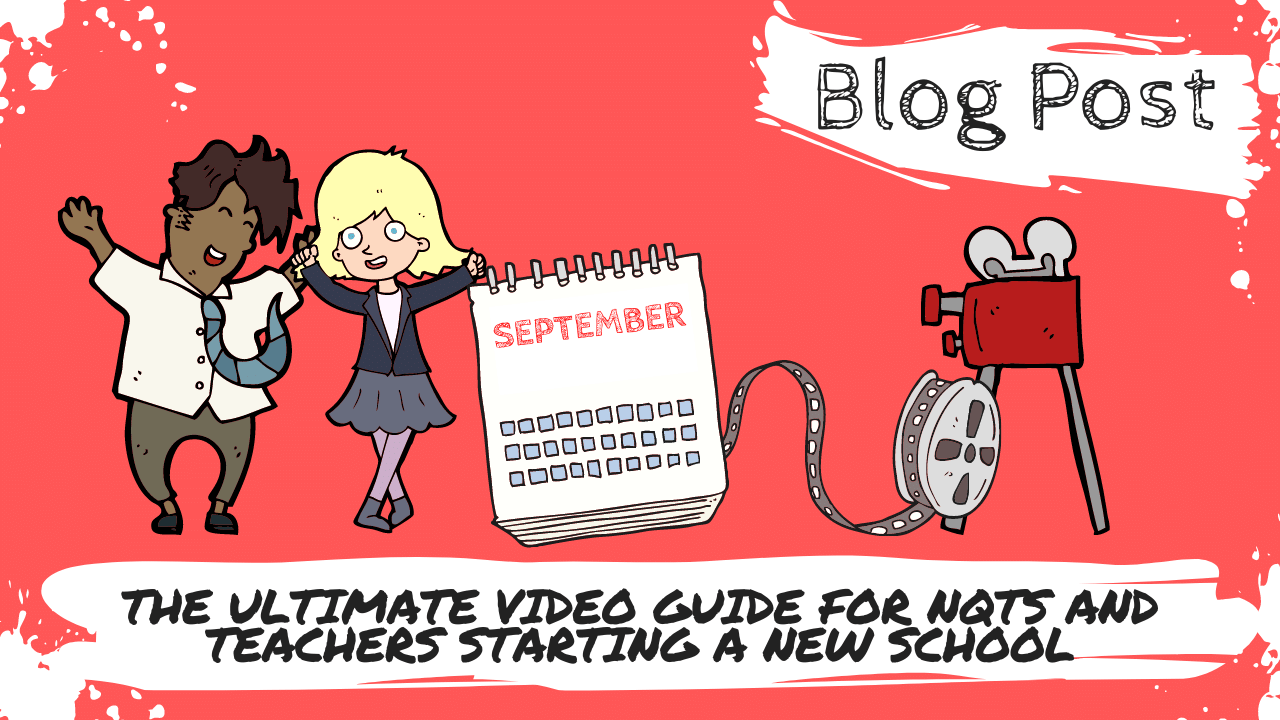
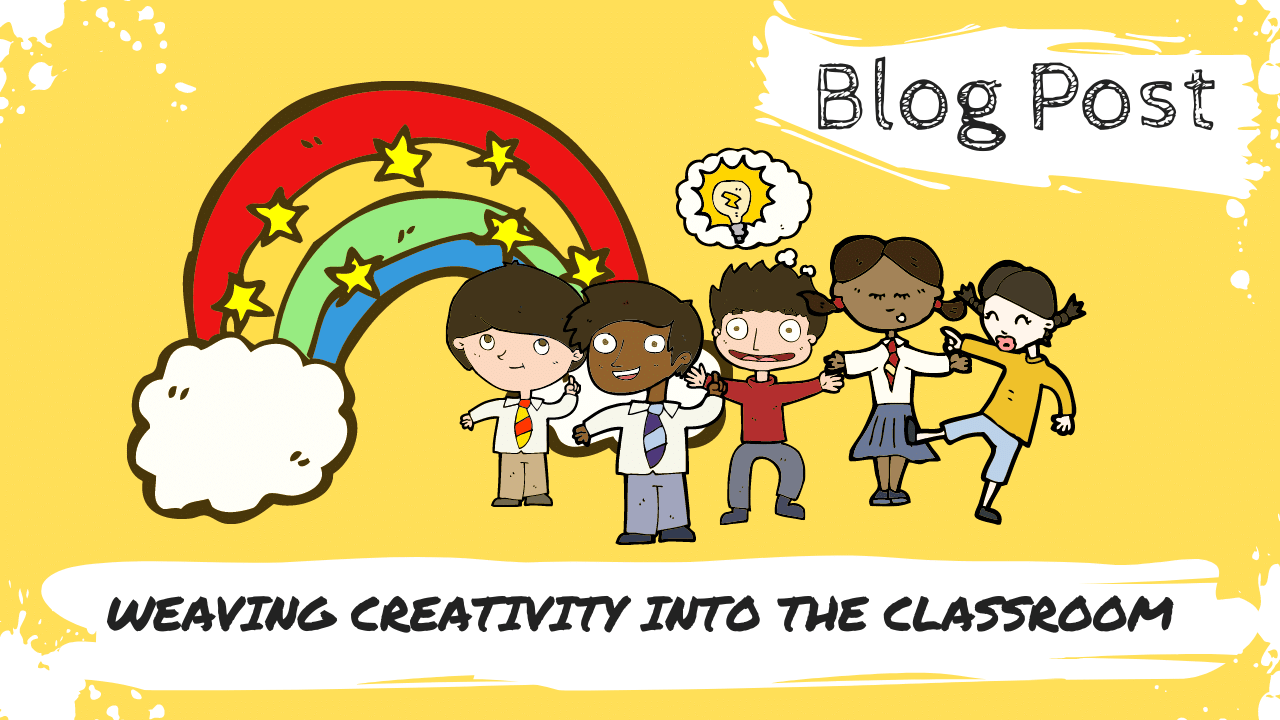

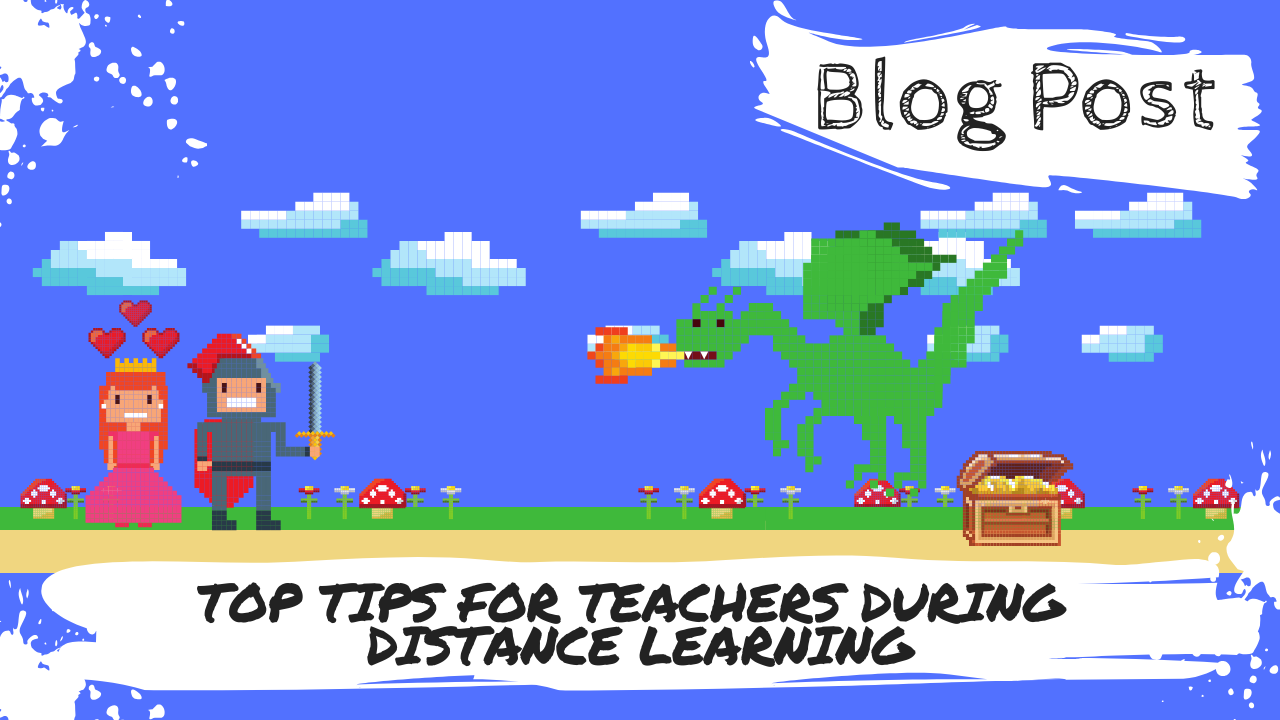
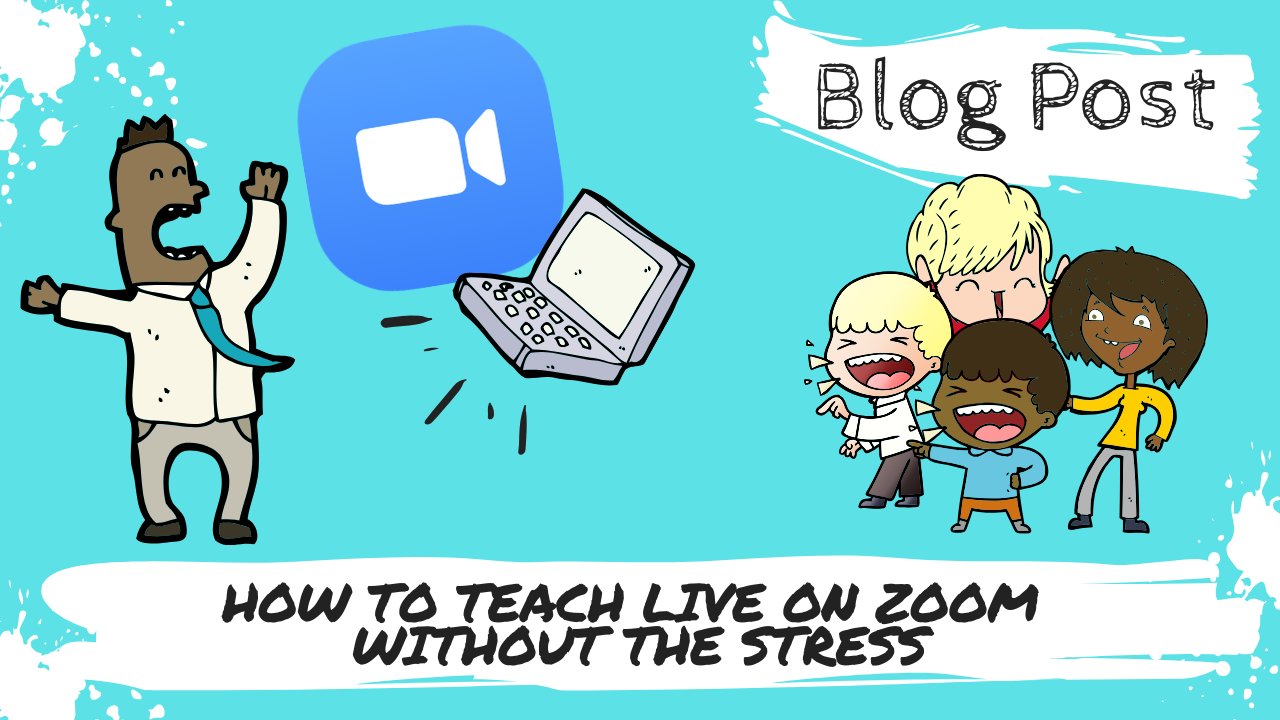
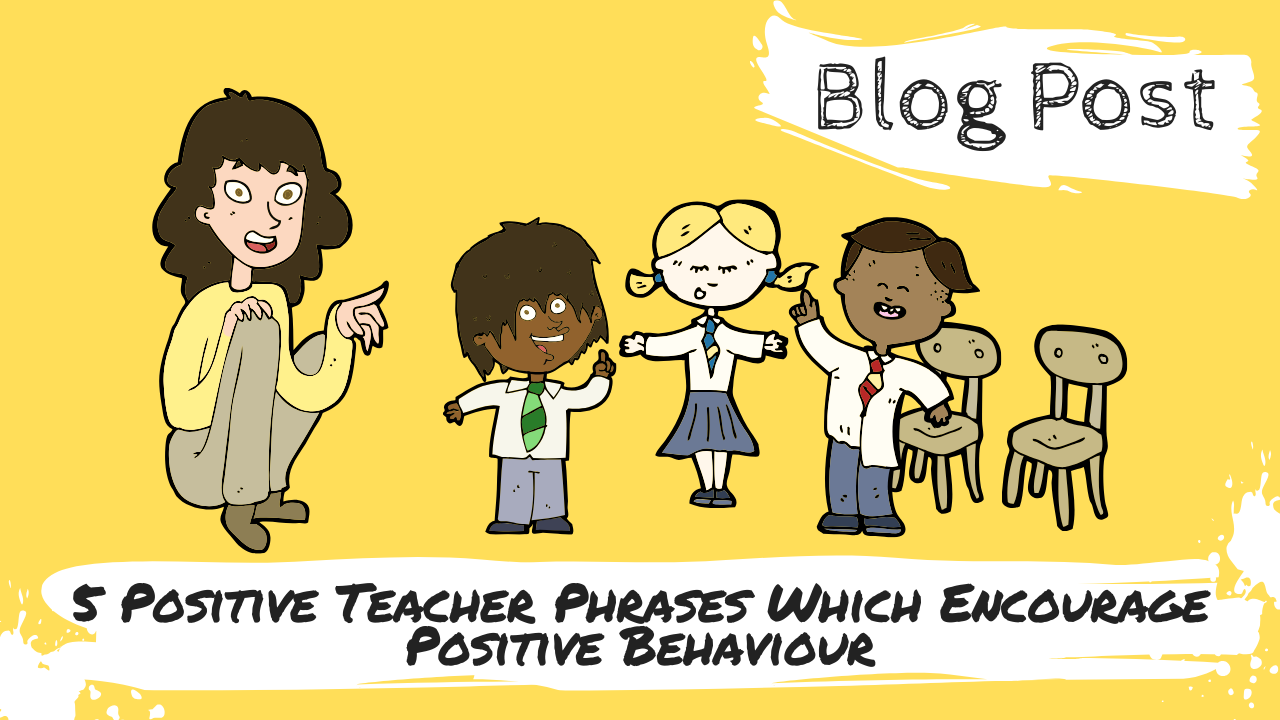





 RSS Feed
RSS Feed

